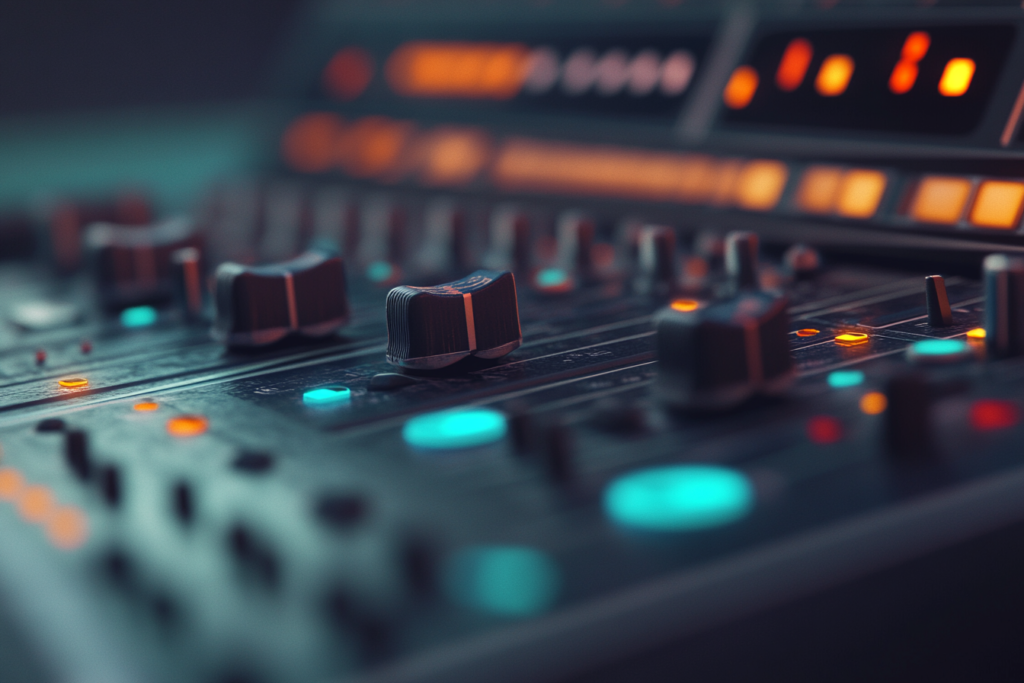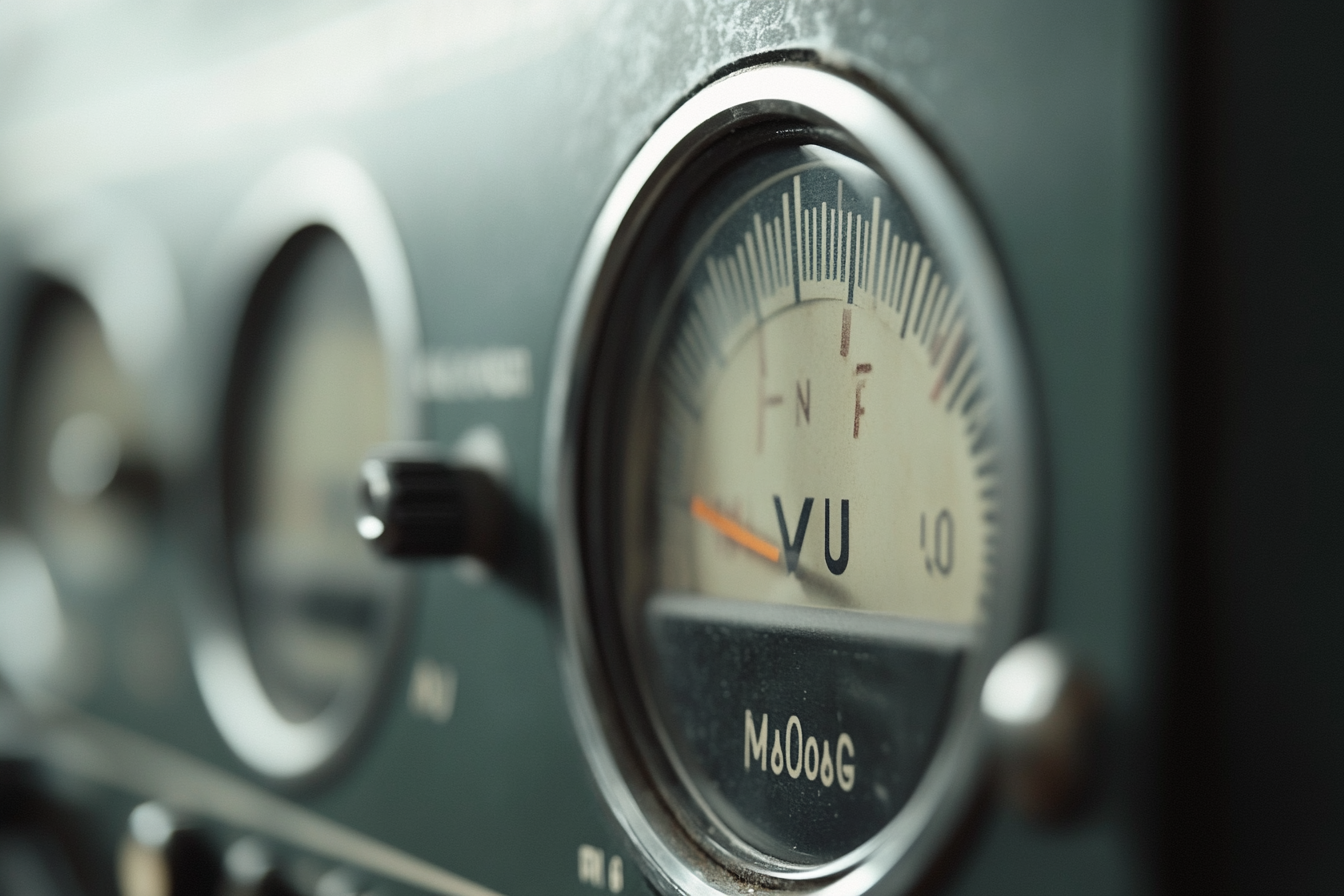Are you tired of your mixes sounding squashed and lacking clarity? You’re not alone. Many beginner producers and mixing engineers make one critical mistake that sabotages their mix before they even start: They keep turning things up, leading to a muddy sounding track! This issue not only affects the clarity of your music but can also diminish the emotional impact of your work. In this article, we will delve deeper into this common mixing pitfall and provide you with actionable tips to ensure your tracks stand out and sound professional.
In conclusion, developing a good mixing habit of turning things down before turning them up can drastically improve the quality of your tracks. By maintaining headroom, practicing critical listening, and applying effective mixing techniques, you’ll create a more polished and professional sound. Remember, mixing is an art that requires patience and practice, so keep experimenting and learning as you progress in your music production journey.
Finally, don’t forget about the importance of breaks. When you’re deep into a mix session, it’s easy to lose perspective. Taking regular breaks can help refresh your ears, allowing you to return to your mix with a clearer mindset and identify issues that may have gone unnoticed. When you return, listen with fresh ears and you might find that certain elements need to be adjusted in terms of both volume and frequency placement.
Consider utilizing reference tracks during your mixing sessions. A reference track can help you gain perspective on how your mix compares to professionally produced tracks. Listen closely to the balance, clarity, and presence of instruments in your reference track and use it as a guide. This can help you identify areas where you might need to adjust levels or EQ settings in your mix.
When mixing, it’s also important to consider the dynamics of each element. For instance, if a vocal track is overly compressed, it may lack the dynamic range needed to sit well in the mix. Instead of raising its level, explore the option of adjusting the dynamics with compression settings. This not only preserves headroom but also brings a more natural feel to your track. Similarly, using automation can add movement to your mix without the need for constant level adjustments, allowing different elements to shine at different moments in the song.
It’s a natural instinct. Your guitar part feels buried in the mix, so you reach for the fader and crank it up a few dB. But then the bass sounds weak in comparison, so up it goes. Before you know it, every track is fighting for attention and you’ve got no headroom left.
The Simple Solution: Turn Things Down
Here’s the mixing secret that the pros know: Instead of turning elements up, try turning conflicting parts down first. This technique not only helps maintain your mix’s balance but also creates a more dynamic listening experience, allowing the listener to appreciate the nuances in your arrangement.
Let’s revisit our guitar example. If it feels lost in the mix, resist the urge to boost it right away. Instead, solo it with the other most prominent elements, like piano, synths, or lead vocals. Is something else overpowering it or clashing in the same frequency range? Try gently lowering those parts first. Additionally, consider the arrangement of your instruments; a well-structured arrangement allows each element to shine in its own space, making mixing easier and more effective.
By carving out space this way, you let your guitar shine through without having to crank the fader and eat up valuable headroom. Apply this concept across your mix, and you’ll find it easier to achieve balance and clarity without constant volume boosts. Learning to identify frequency conflicts and resolving them through EQ adjustments is an essential skill that every music producer should master. With practice, you’ll be able to hear these issues before they become a problem.
The Golden Rule of Mixing
Always try turning things down before turning anything up. This principle is vital for maintaining a clean and professional mix. It encourages you to think critically about your sound design and arrangement rather than resorting to volume adjustments.
Your mix will thank you! With this approach, you’ll maintain precious headroom, avoid clipping, and leave yourself room to make more impactful mixing decisions later on. Plus, your tracks will sound cleaner, punchier, and more polished. Remember that mixing is not just about making things louder; it’s about finding the right balance and ensuring that every element contributes to the overall sound without overshadowing others.
So the next time you find yourself reaching for the fader, remember: Down is the new up. Your audience will love you for it. Embrace this philosophy, and you’ll notice a marked improvement in your mixing prowess over time. Practice these techniques, and your ear will become better at spotting issues before they arise.
Happy mixing! May your tracks always have the clarity and punch they deserve.



